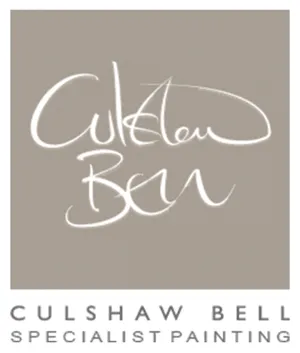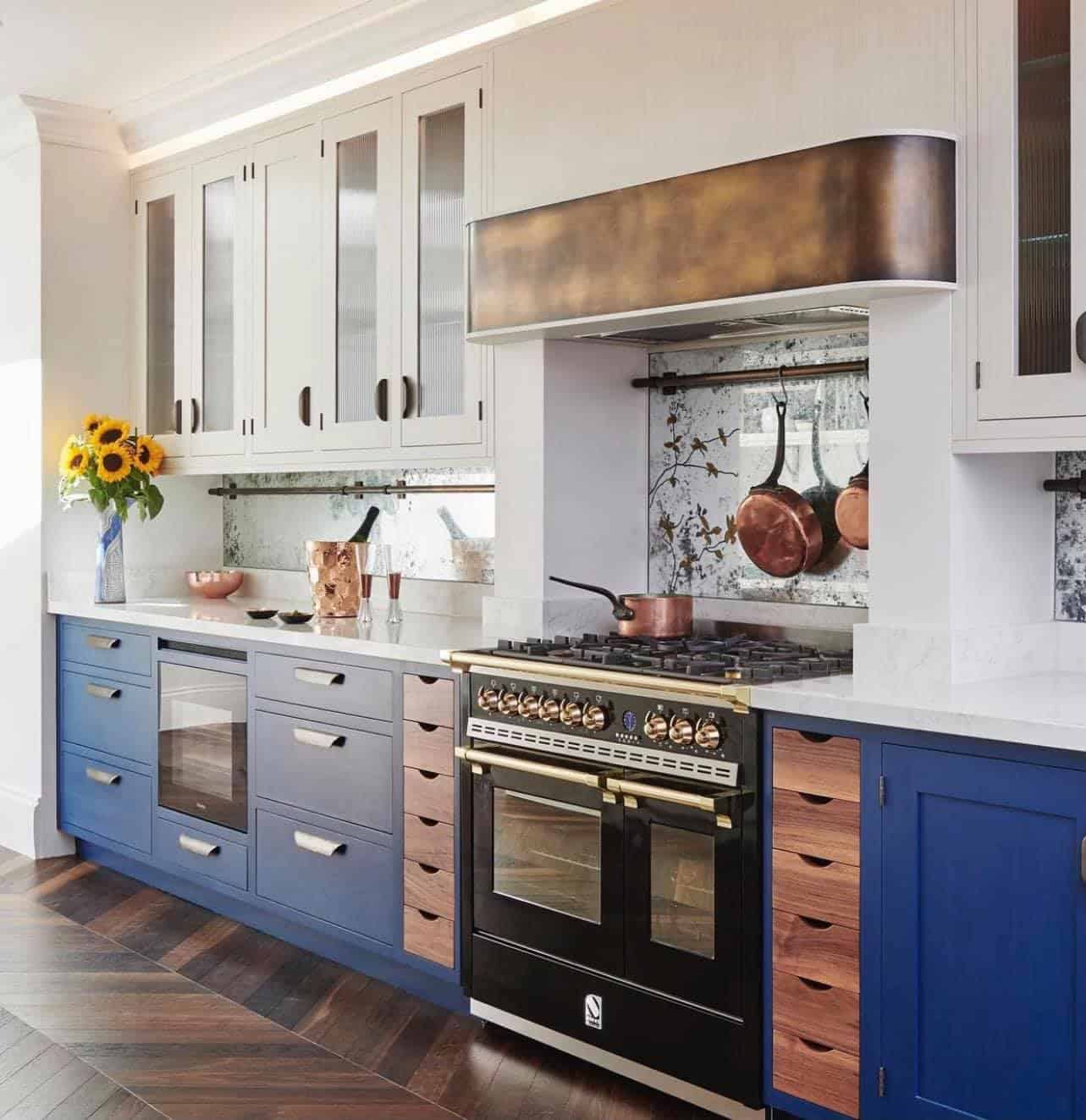Verre Églomisé: A Comprehensive Guide to the Art of Reverse Glass Gilding and Painting
Verre Églomisé is a decorative technique named after the French decorator Jean-Baptiste Glomy (1711–1786), who popularized it in the 18th century. It involves applying metal leaf to glass and then painting a design on top, creating a shimmering, reflective artwork.
Historical Background
Although named after Glomy, this technique dates back to pre-Roman times. It has been used throughout history in various cultures, showcasing different styles and themes.
Materials and Tools
Glass
The glass chosen must be clean and free from imperfections. The thickness and type of glass can vary depending on the desired effect.
Metal Leaf
Gold, silver, or other metal leaf can be used, depending on the design and budget.
Adhesives and Sealants
Special adhesives and sealants are used to adhere the metal leaf to the glass and protect the finished work.
Paints and Brushes
Artists use various paints and brushes to create intricate designs on the metal leaf.
Techniques
Verre Églomisé is a delicate and complex process. Here’s an overview of the primary steps:
1. Cleaning the Glass
The glass must be meticulously cleaned to ensure that the metal leaf adheres properly.
2. Applying the Adhesive
A thin layer of adhesive is applied to the area where the metal leaf will be placed.
3. Applying the Metal Leaf
The metal leaf is carefully laid onto the adhesive and smoothed out.
4. Painting the Design
Once the leaf is applied, the artist paints the design on the reverse side of the glass.
5. Sealing the Work
A protective sealant is often applied to protect the finished artwork.
Applications
Verre Églomisé is used in various decorative applications, including:
Furniture
It can be found on cabinet doors, table tops, and other pieces of fine furniture.
Architectural Details
This technique is employed in window designs, doors, and other architectural elements.
Fine Art
Many artists create standalone pieces using Verre Églomisé, ranging from small decorative objects to large wall installations.
Caring for Verre Églomisé
Verre Églomisé requires careful handling and maintenance. Using gentle cleaning agents and avoiding abrasive materials helps preserve the beauty of these pieces.
Conclusion
Verre Églomisé is a captivating art form that marries the traditional craft of gilding with the delicate art of glass painting. The technique offers a wide array of creative possibilities, and its luxurious appearance has made it a cherished method for adding elegance and sophistication to various decorative applications.
Those interested in exploring Verre Églomisé may find it beneficial to take a workshop or class, as mastering this art form requires patience, precision, and an understanding of the specific materials and techniques involved. Whether employed in a grand architectural setting or a small piece of personal art, Verre Églomisé continues to enchant with its unique blend of history, craftsmanship, and beauty.


